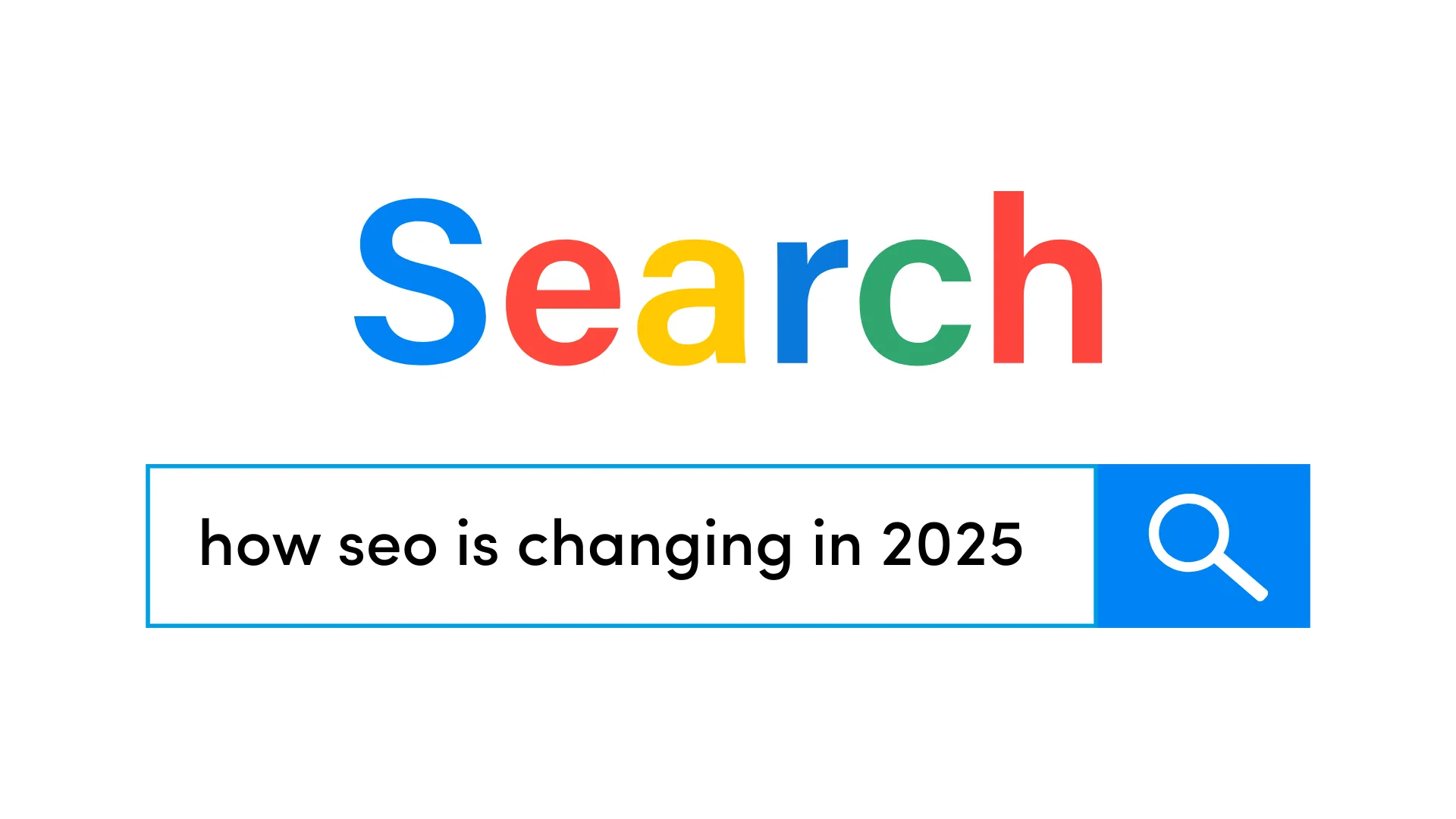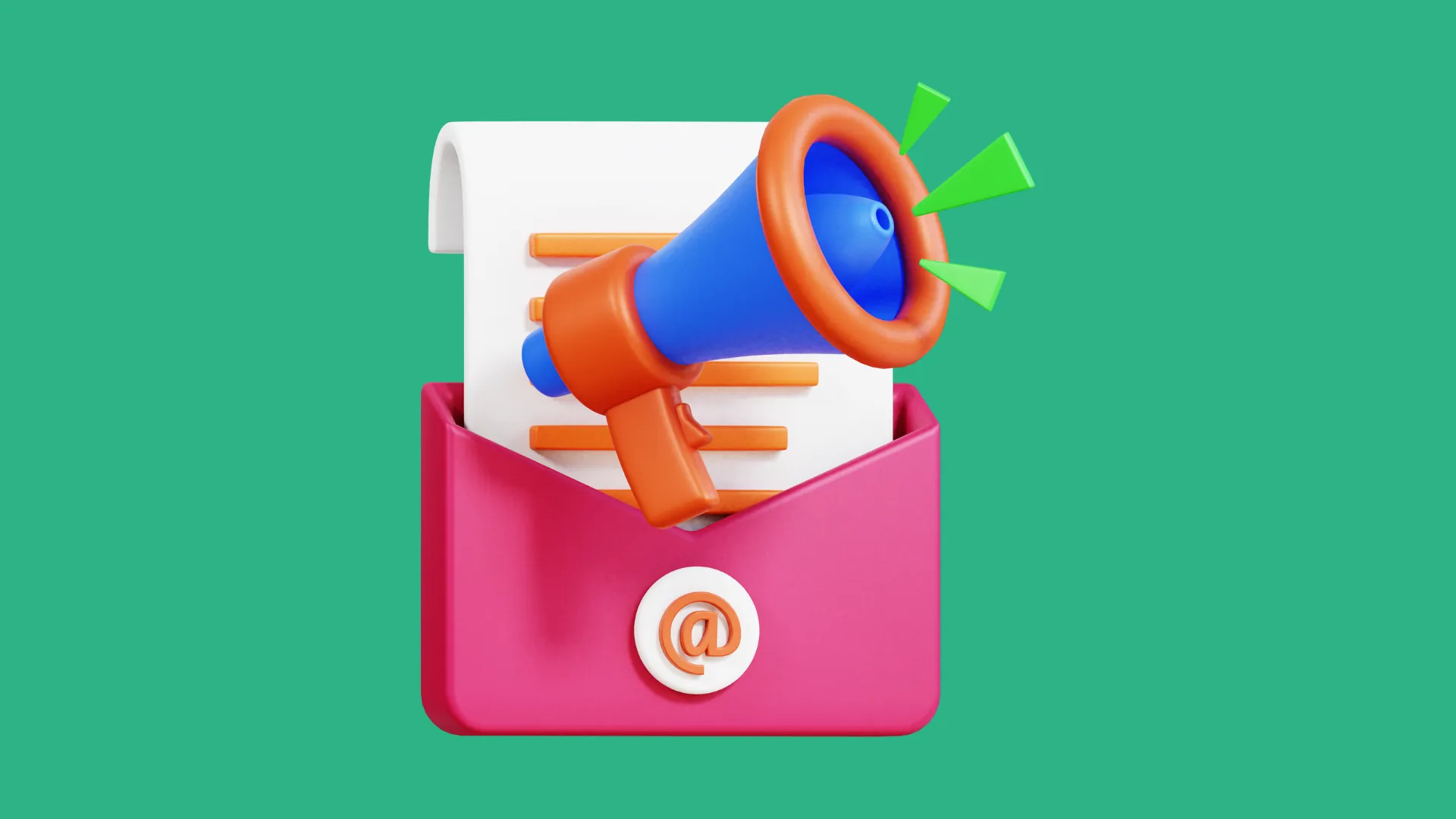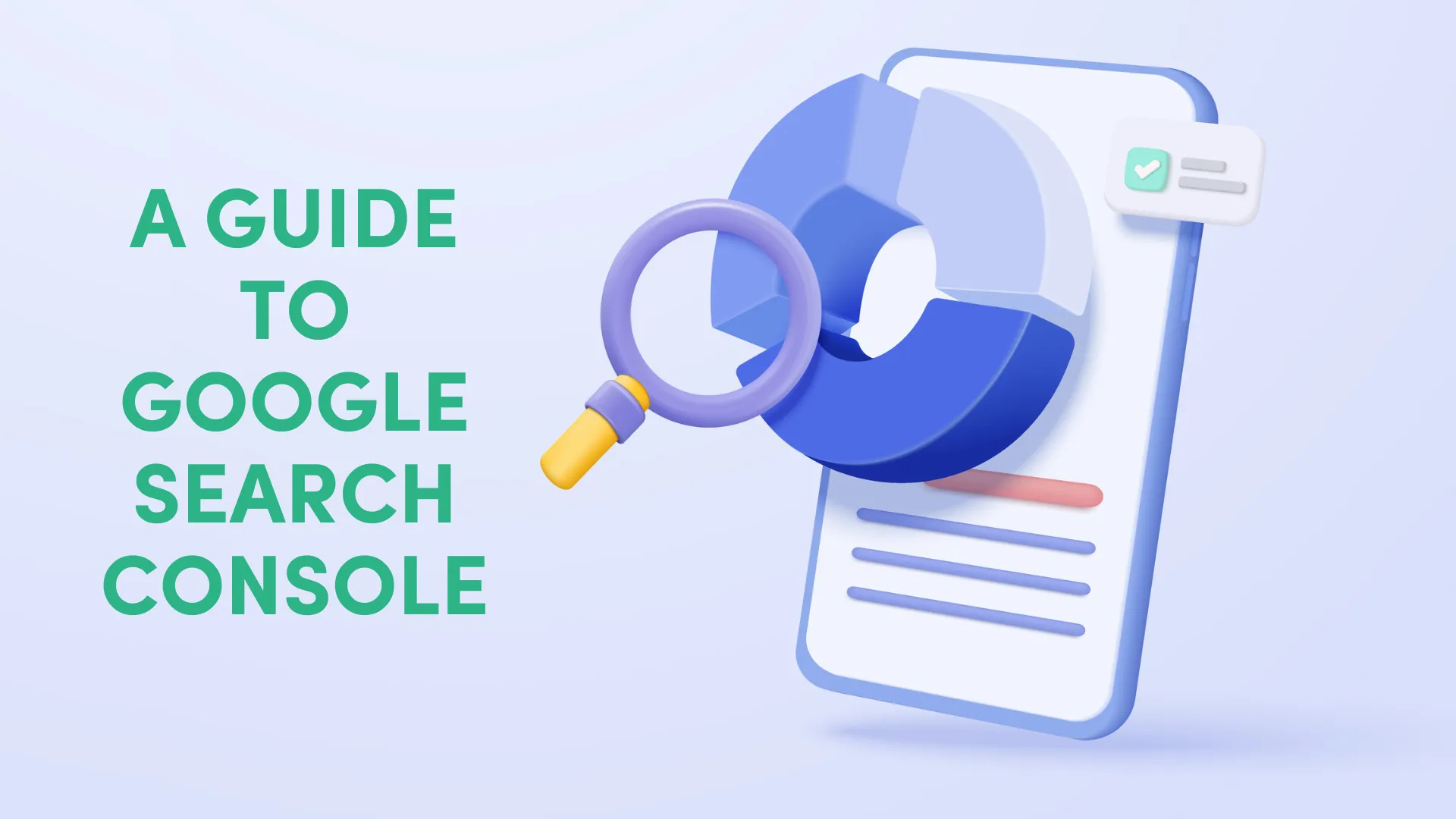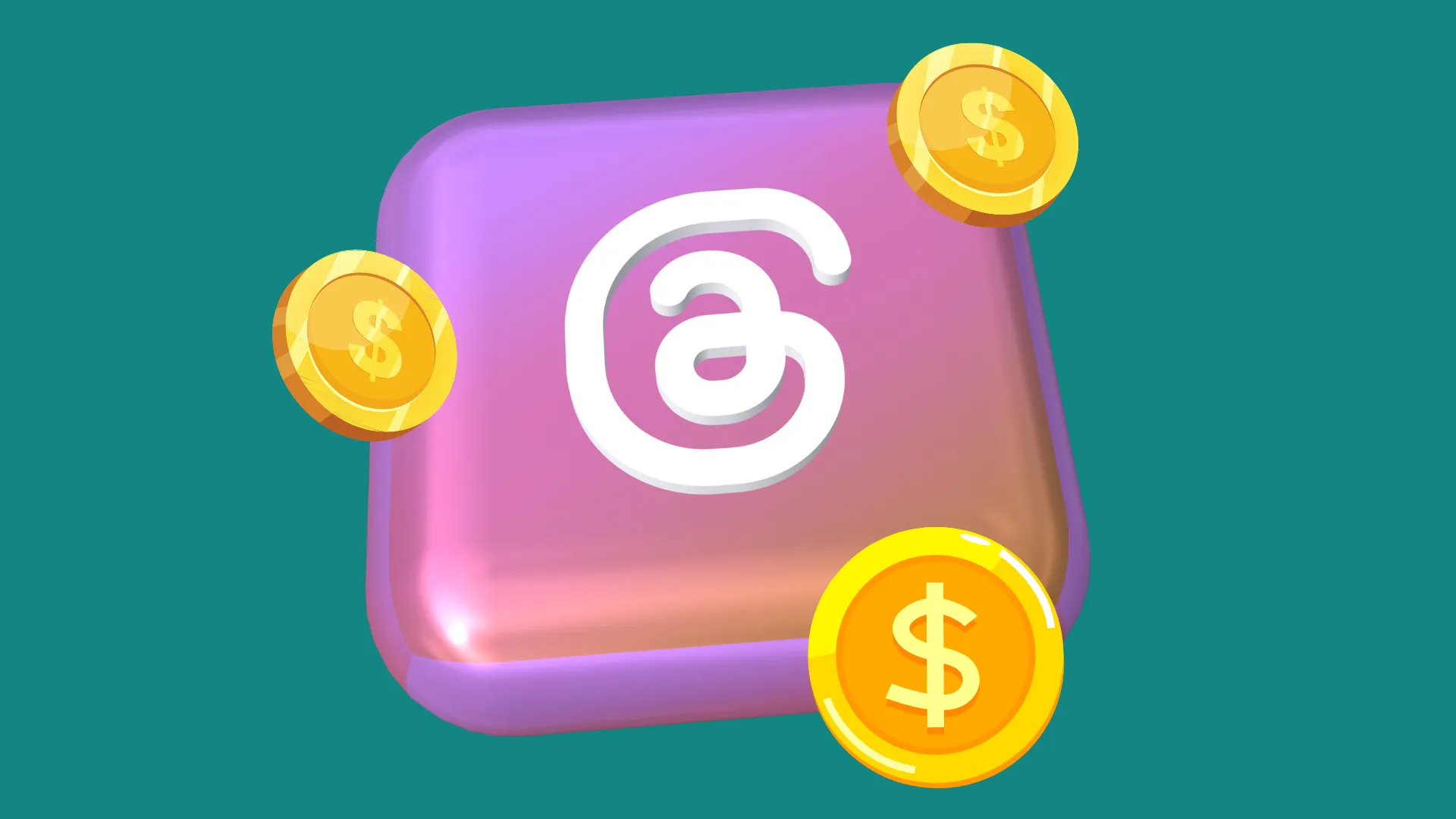Email marketing may just be the most important element of your digital marketing strategy right now.
In an age of endless digital channels, it’s easy to get distracted by what’s new and flashy. But the truth is, email marketing not only still matters – it might be more effective than ever. In today’s tougher economic conditions, where the cost of living is impacting both consumers and businesses, email provides a direct, cost-effective way to connect with people who are already paying attention.
It’s not about casting the widest net. It’s about nurturing the warmest leads.
The Current Climate Calls for Smarter Marketing
With many markets feeling the pinch, businesses are under pressure to do more with less. Budgets are tight. Audiences are more cautious. And sales cycles have slowed. That’s why it’s critical to focus on channels that bring measurable ROI and allow you to speak to people who are already in your funnel.
Enter email marketing.
When you’re trying to close deals in a quiet market, the most valuable thing you can do is build trust over time. And that’s exactly what email is designed to do.
Why Is Email Marketing So Effective?
Unlike social media, which is inherently broad and competitive, email is highly targeted. It’s precise. You’re not hoping to get someone’s attention – you already have it. You’re speaking directly to people who’ve opted in, shown interest and are familiar with your brand.
This level of intent is powerful.
According to Hubspot, 86% of consumers want to receive promotional emails from brands they engage with at least once a month – and 15% prefer daily emails. That’s a huge opportunity to stay top of mind, provide value and guide your audience closer to conversion.
Email also allows for segmentation, automation and personalisation that few other channels can match. Whether it’s tailoring product recommendations, offering birthday discounts or reminding someone about their abandoned cart – email lets you do it all, at scale, and with intent.
Is Email Marketing Better Than Social Media?
It’s not a matter of one versus the other, but when it comes to driving conversions, especially in today’s climate, email wins on precision, performance and predictability.
Social media is excellent for building brand awareness and community, but it’s noisy. Algorithm changes and pay-to-play models mean your posts often don’t get seen unless you boost them. And when you do, it’s harder to know if your message is landing with the right people.
With email, you’re speaking to a curated, permission-based audience. These are your warm leads; the people most likely to engage and buy. And because email metrics are so clear (open rates, click-through rates, conversions), it’s easier to measure what’s working and refine your strategy.
Types of Email Marketing Campaigns That Work
To get the most out of email, your campaigns need to be tailored to your goals and where your audience sits in the funnel. Here are five campaign types worth investing in:
1. Newsletters
Keep your audience connected to your brand. Use newsletters to share updates, new products, insights and valuable content that builds trust and authority over time.
2. Welcome Emails
First impressions count. Welcome emails are the perfect way to introduce new subscribers to your brand, often paired with a special offer to kickstart the relationship.
3. Birthday or Anniversary Messages
These emails help humanise your brand and drive loyalty. A simple “happy birthday” with a discount code can do wonders for retention.
4. Limited Time Offers
A well-timed promo can spark action. These campaigns are especially effective when sent to users who have shown interest but haven’t converted.
5. Abandoned Cart Emails
Don’t leave money on the table. A gentle nudge reminding customers about unpurchased items can significantly boost sales, especially when paired with a small incentive.
The Bottom Line
In a slower market, success comes down to building real relationships and making every message count. That’s why email marketing is more relevant – and more powerful – than ever.
It’s not about shouting louder. It’s about speaking smarter.

Quick Website Audit Checklist When was the last time you really looked at your website through the eyes of a customer? We often assume that once [...]

For years, SEO strategies have revolved around keywords. The approach was simple: identify the terms people were searching for, create pages that matched them and optimise around [...]

Email marketing may just be the most important element of your digital marketing strategy right now. In an age of endless digital channels, it’s easy to get [...]

If you’re new to Google Search Console (GSC), it might seem overwhelming at first. The dashboards, graphs and technical jargon can be intimidating. But once you get [...]

Quick Website Audit Checklist When was the last time you really looked at your website through the eyes of a customer? We often assume that once [...]

In a world where marketers battle for every second of audience attention, Labubu – a quirky character from Pop Mart’s “Monster” series - has done the seemingly [...]

Social media marketing is full of outdated advice, bad habits and half-truths that get repeated so often they start to sound like facts. But just because you’ve heard [...]

In our last article, we tackled a common misconception in digital advertising: Ads don’t fail because of the algorithm - they fail because of the offer. The [...]

We’ve seen it many times before. A campaign launches on Meta or Google. The creative looks schmick. The ad set enters the learning phase… and then, crickets. [...]

With the release of Google AI Overviews, we were left wondering what will become of Google Ads. If AI Overviews sit at the top of search results, [...]

For years, SEO strategies have revolved around keywords. The approach was simple: identify the terms people were searching for, create pages that matched them and optimise around [...]

After launching a small-scale test of ads on Threads in January (limited to select brands in the U.S. and Japan), Meta has now opened Threads ads to [...]

Email marketing may just be the most important element of your digital marketing strategy right now. In an age of endless digital channels, it’s easy to get [...]

If you’re new to Google Search Console (GSC), it might seem overwhelming at first. The dashboards, graphs and technical jargon can be intimidating. But once you get [...]

